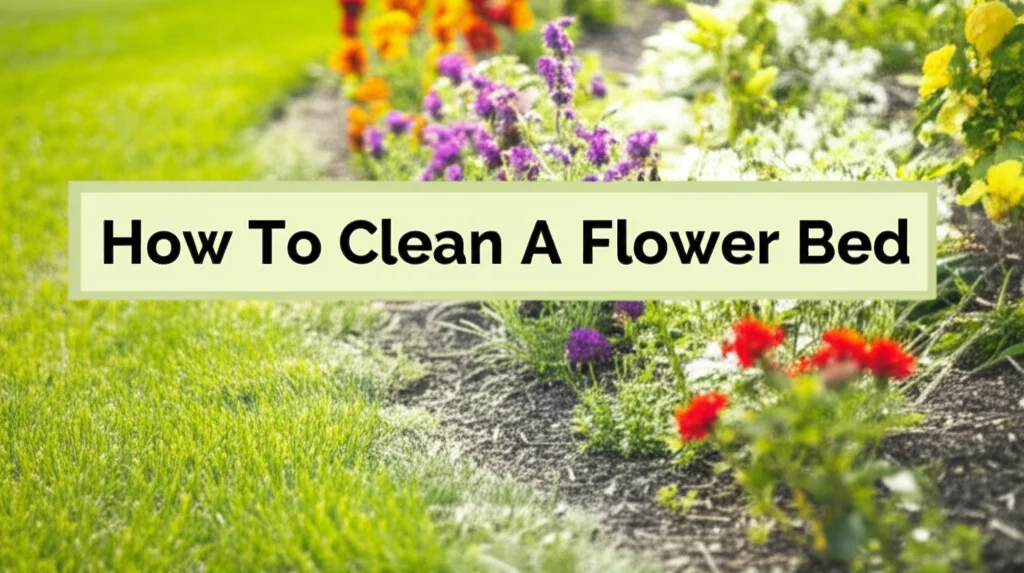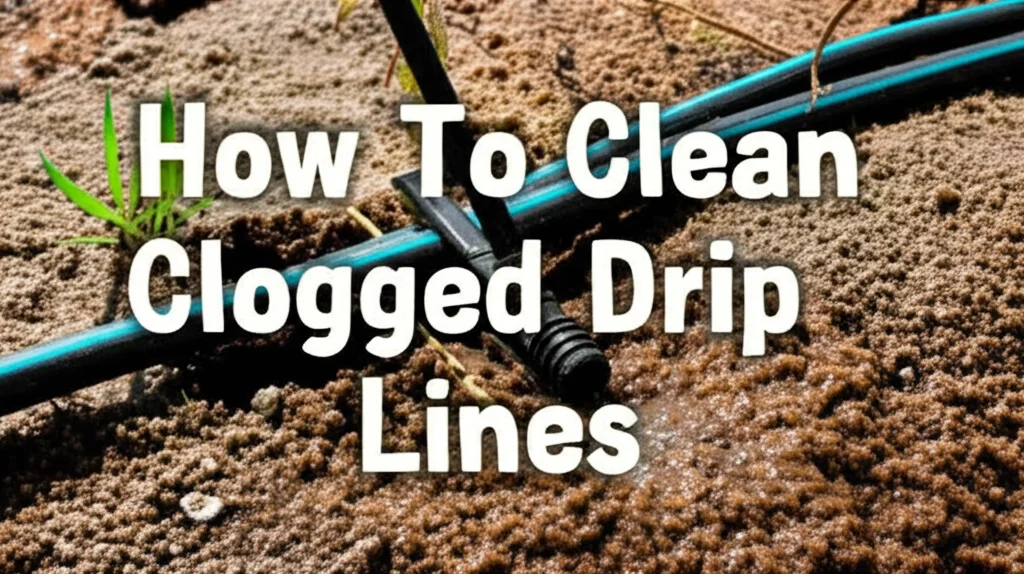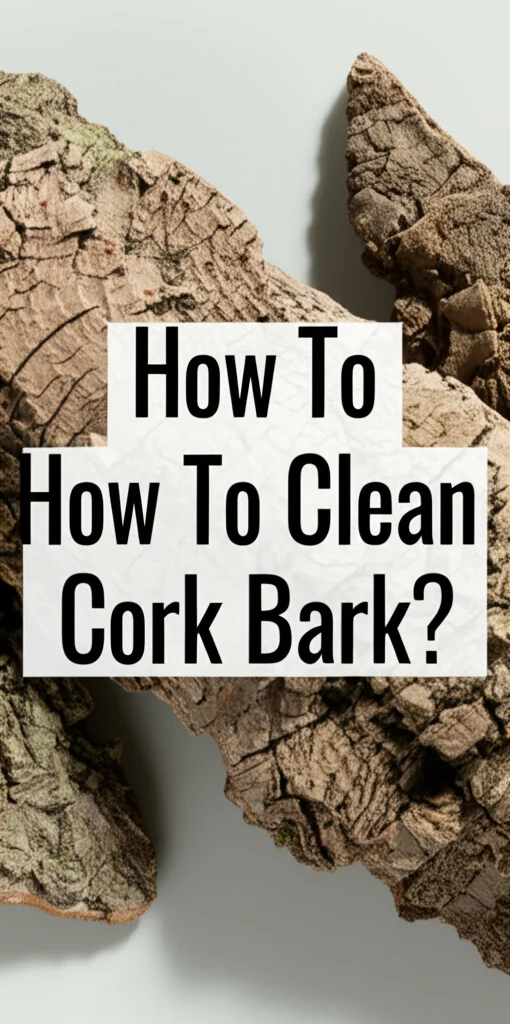· Gardening · 6 min read
How To Clean Fabric Pots For Reuse

Revitalize Your Garden: How To Clean Fabric Pots For Reuse
Are you a gardener looking to save money and reduce waste? Cleaning and reusing your fabric pots is a fantastic way to do both! Fabric pots are a popular choice for growing plants due to their excellent drainage and aeration, but they can accumulate salts, algae, and even pests over time. This guide will walk you through everything you need to know about how to clean fabric pots for reuse, ensuring they’re ready for another season of healthy growth. We’ll cover everything from simple rinsing to more thorough cleaning methods, and even how to disinfect them. Let’s get started and give those pots a second life!
Takeaway:
- Regular cleaning extends the life of your fabric pots.
- Simple rinsing can remove loose debris.
- Soaking in a diluted bleach solution disinfects effectively.
- Thorough drying prevents mold and mildew growth.
Quick Answer:
Cleaning fabric pots for reuse is simple! Rinse away loose soil, then soak them in a solution of water and mild detergent or diluted bleach. Scrub gently, rinse thoroughly, and allow to air dry completely before storing or replanting.
Why Clean Fabric Pots?
Cleaning your fabric pots isn’t just about aesthetics; it’s about plant health. Over time, salts from fertilizers can build up inside the pot, potentially harming your plants’ roots. Algae can also grow, creating a slippery surface and competing with your plants for nutrients. Furthermore, pests and diseases can linger in the fabric, ready to infect your next planting. Taking the time to clean your pots ensures a healthy environment for your plants to thrive. It also extends the lifespan of your pots, saving you money in the long run.
Simple Rinse & Shake: The Quick Clean
For a light cleaning between uses, a simple rinse and shake can work wonders. After removing your plant, turn the fabric pot inside out and shake off any loose soil. Then, use a garden hose to rinse the inside and outside of the pot, removing any remaining debris. This method is best for pots that haven’t been heavily used or haven’t developed significant buildup. It’s a quick and easy way to prepare a pot for immediate reuse, especially if you’re repotting a similar plant with similar needs.
Deep Cleaning with Soap and Water
Sometimes, a simple rinse isn’t enough. For a more thorough cleaning, you’ll need soap and water. Fill a bucket or tub with lukewarm water and add a mild liquid detergent, like dish soap. Submerge the fabric pot and let it soak for 30-60 minutes. This allows the soap to loosen any stubborn dirt and salt buildup. After soaking, gently scrub the inside and outside of the pot with a soft brush. Avoid using harsh brushes that could damage the fabric. Rinse thoroughly with clean water until all traces of soap are gone.
Disinfecting Fabric Pots: Bleach Solution
To eliminate potential pests and diseases, disinfecting your fabric pots is crucial. A diluted bleach solution is an effective disinfectant. Mix one part bleach with nine parts water (a 10% bleach solution). Always add bleach to water, never water to bleach. Soak the fabric pot in the solution for 30 minutes. This will kill any lingering bacteria, fungi, or insect eggs. After soaking, rinse the pot extremely thoroughly with clean water to remove all traces of bleach. Bleach residue can harm your plants. Consider wearing gloves and eye protection when working with bleach. If you’re concerned about bleach, you can explore alternatives like hydrogen peroxide, though it may require a longer soaking time.
Dealing with Stubborn Algae and Mineral Deposits
Algae and mineral deposits can be particularly challenging to remove. For algae, a vinegar solution can be helpful. Mix equal parts white vinegar and water, and soak the pot for a few hours before scrubbing. Vinegar’s acidity helps break down the algae. For stubborn mineral deposits, you can try a commercial descaling solution designed for gardening equipment. Follow the product instructions carefully. You might need to scrub a bit harder with a soft brush to dislodge these deposits. Remember to rinse thoroughly after using any cleaning solution. If you’re struggling with tough stains, consider a second soak in your chosen cleaning solution.
Drying Your Fabric Pots Properly
Proper drying is essential to prevent mold and mildew growth. After cleaning, shake off any excess water and hang the fabric pot in a well-ventilated area to air dry completely. Avoid direct sunlight, as it can degrade the fabric over time. Ensure the pot is completely dry before storing it or replanting. You can speed up the drying process by placing a fan nearby. Storing damp pots can lead to unpleasant odors and the growth of harmful microorganisms.
Storage Tips for Clean Fabric Pots
Once your fabric pots are clean and dry, store them properly to keep them in good condition. Fold or roll the pots to save space. Store them in a dry, cool place away from direct sunlight and extreme temperatures. Avoid stacking heavy objects on top of the pots, as this could damage the fabric. Consider storing them in a breathable bag or container to protect them from dust and pests. Proper storage will ensure your pots are ready to go when you need them.
FAQ: Your Fabric Pot Cleaning Questions Answered
Q: Can I use hot water to clean my fabric pots?
A: While hot water can help loosen dirt, it’s generally best to use lukewarm water. Hot water can potentially damage the fabric and may not be necessary for effective cleaning. Lukewarm water combined with a good cleaning solution is usually sufficient.
Q: How often should I clean my fabric pots?
A: It depends on how frequently you reuse them. A quick rinse after each use is ideal. A deep cleaning and disinfection should be done at least once a year, or more often if you notice algae buildup or suspect pest infestations.
Q: Is it safe to reuse fabric pots that have been used for diseased plants?
A: Yes, but thorough disinfection is crucial. Use the bleach solution method described above to kill any lingering pathogens. Rinse extremely well to remove all traces of bleach before replanting.
Q: Can I put fabric pots in the washing machine?
A: While some people do, it’s generally not recommended. The agitation can damage the fabric. Hand washing is a much gentler and more effective method.
Q: What if my fabric pot has a persistent odor?
A: A prolonged soak in a baking soda solution (1 cup baking soda per gallon of water) can help neutralize odors. Rinse thoroughly after soaking.
Conclusion: Extend the Life of Your Gardening Investments
Cleaning fabric pots for reuse is a simple yet impactful practice that benefits both your garden and your wallet. By following these steps – from a quick rinse to a thorough disinfection – you can ensure your pots remain a healthy and sustainable part of your gardening routine. Remember to prioritize proper drying and storage to maximize their lifespan. So, don’t discard those used fabric pots! Give them a new lease on life and continue enjoying the benefits of this excellent growing medium. Happy gardening!




